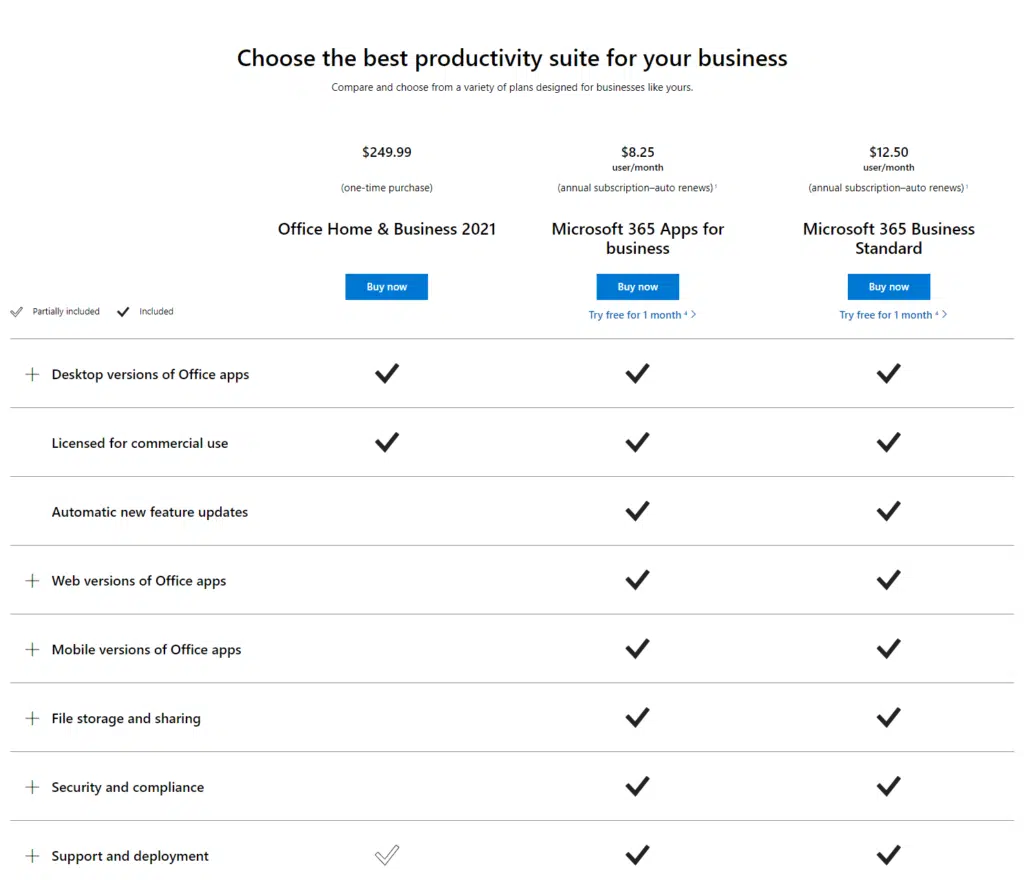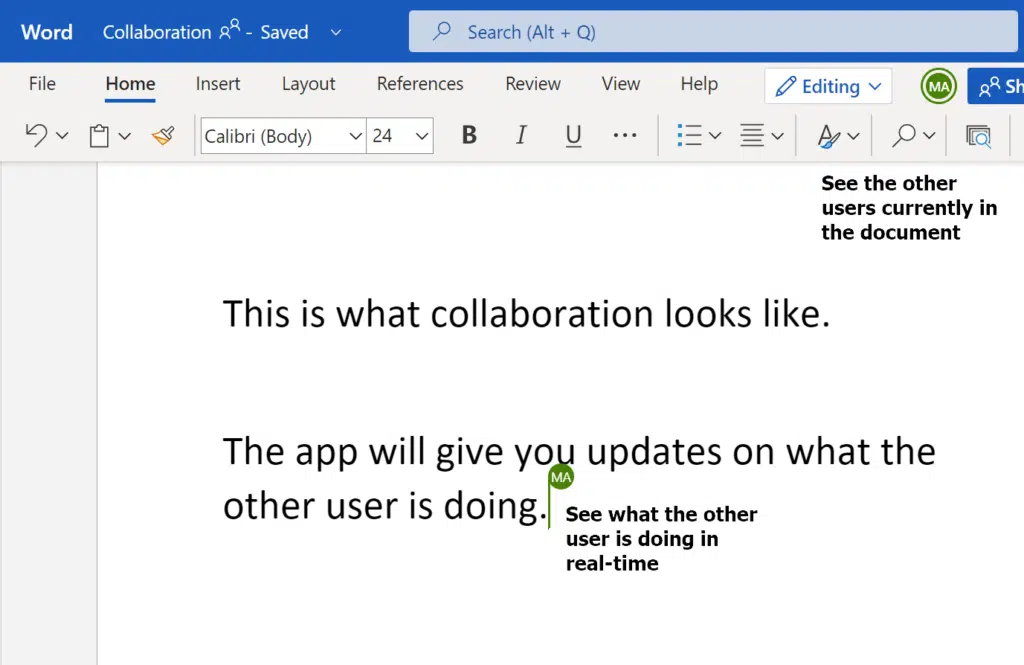Last Updated on December 10, 2024
Is it a cloud productivity tool?
In this guide, let’s talk about Microsoft Office 365 and whether or not it exists in the cloud.
Let’s get started.
Table of Contents:
What is Microsoft 365 Cloud or Office 365 Cloud?
Well, technically, there is no specific product called “Microsoft 365 Cloud” or “Office 365 Cloud.”
However, Microsoft 365, formerly Office 365, is a cloud-based suite offering Office applications and more.

Here’s what makes Microsoft 365 stand out:
- It’s a comprehensive suite that includes classic apps like Word, Excel, and PowerPoint
- Most features and services are accessible via the internet
- It includes Windows 10 and security tools (enterprise)
Even though apps like Word and Excel have desktop versions, they rely on the cloud (at least, the updated ones do).
Cloud integration also allows real-time collaboration, remote access, and automatic updates.
To use these features fully, an internet connection is needed.
Sign up for exclusive updates, tips, and strategies
What’s the difference between Microsoft Office and Microsoft 365?
As a long-time user of Microsoft products, I can see that Microsoft tends to make its product line rather confusing.
Now, it’s normal for regular users to interchange Microsoft Office and Microsoft 365 (after all, the suite has Office apps).
But let’s get specific:
- Microsoft Office (2013, 2016, 2019, 2021) refers to the actual office suites that you can purchase one time and use for life.
- Microsoft 365 is a cloud subscription-based service (monthly or yearly) and provides you with the latest versions of Office apps and tools.
Below is a good summary of Microsoft Office vs Microsoft 365:

Microsoft 365 plans will give you both the online versions of Office applications as well as their desktop counterpart.
Microsoft Office originated years back when the three primary office apps — Word, PowerPoint, and Excel — were bundled.
👉 Related: Microsoft 365 Tools Overview: The Ultimate Guide
What are the pros of Microsoft Office 365?
Microsoft Office 365 offers several benefits that make it a top choice for businesses and individuals.
Some of the key advantages include:
- File storage and sharing
- Working remotely
- Live collaboration tools
- Business scalability and continuity
- Apps and automation
- SharePoint sites
With cloud-based services, you can be flexible and efficient with Microsoft Office 365 as teams can work anywhere.
For example, they can literally edit the same document and see what other users are currently doing in the document:

Business plans include SharePoint, a versatile platform for team collaboration and document management.
SharePoint Online can add even more value by providing a hub where team members can share resources for the project.
👉 Related: Office 365 Benefits: The Importance of Microsoft 365
What are the cons of Microsoft 365?
While Microsoft Office 365 offers many advantages, there are some drawbacks to consider with its cloud-based approach.
Here are the key disadvantages:
- Dependency of the cloud
- Security risks with mobile access
- User training requirements
On the bright side, if a cloud outage occurs, you can still use previously installed desktop apps.
For files stored in the cloud, OneDrive Sync allows you to keep working by syncing files between your device and the cloud.

Mobile access can expose your data to security threats, but Microsoft provides robust features to address these risks.
For example, organizations can restrict app use, enable multi-factor authentication, and monitor user activity.
👉 Related: SharePoint Online Monitoring Tools Guide: Update
Why do businesses use Microsoft 365?
Microsoft Office and Microsoft 365 serve different needs, and businesses often choose Microsoft 365 for several compelling reasons.
Examples include:
- Eliminates the need for server platforms or hardware for office apps
- Automatic updates for all installed apps
- Got more than Office apps
- Scalable pricing
While Microsoft Office is great for individual use at home or in schools, Microsoft 365 is designed for businesses.
Its cloud-based nature allows companies to access apps and services anytime, anywhere, all with automatic updates.
How to Subscribe to Microsoft Office 365
Subscribing to Microsoft 365 is a straightforward process, but choosing the right plan might take some thought. 😅
That’s because there are many plans for different needs:
- Home Plans: Family and Personal options for individuals or households.
- Business Plans: Business Basic, Business Standard, Business Premium, and Apps for Business.
- Enterprise Plans: E3, E5, F1, and Apps for Enterprise, designed for larger organizations.
For businesses or organizations, get a business plan as these plans come with real-time collaboration and cloud storage.
For advanced security, compliance tools, and analytics, the crown naturally falls to enterprise plans.
To subscribe, all you need to do is go to the Microsoft 365 homepage, select your plan, and follow the steps to sign up.
Do you have any questions about Microsoft Office 365 “in the cloud”? Let me know in the comments.
For any business-related queries or concerns, contact me through the contact form. I always reply. 🙂

